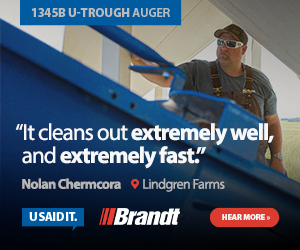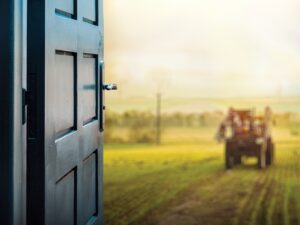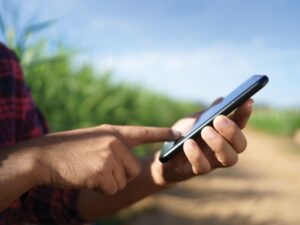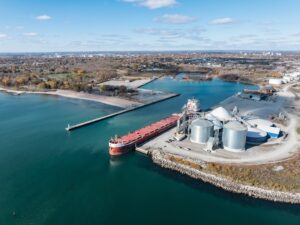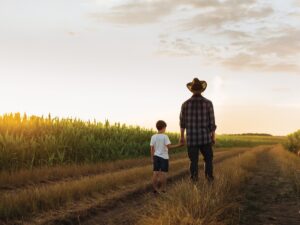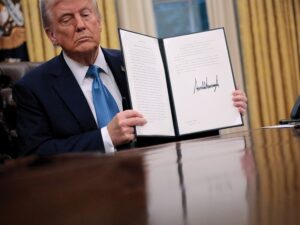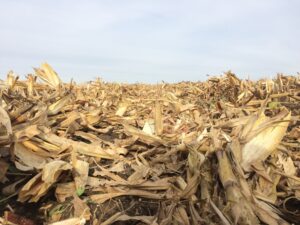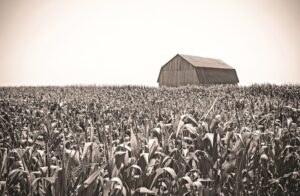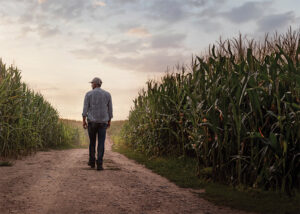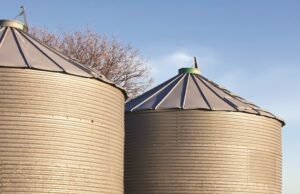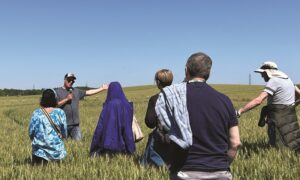The problem solvers
DR. ASIM BISWAS
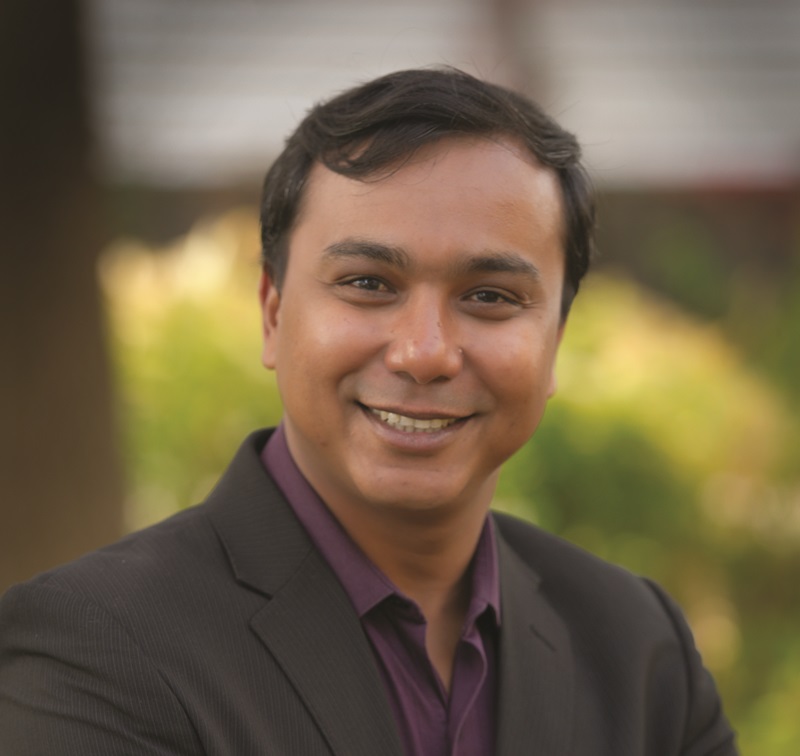
Editors note: This profile is part of an ongoing series featuring the “next generation” of young people who are making their mark in the agriculture industry.
EASY, ACCESSIBLE, AND ECONOMICAL TOOLS THAT PROVIDE BALLPARK SOIL DATA TO FARMERS FOR BETTER ON- FARM DECISION-MAKING SUM UP DR. ASIM BISWAS’S BROAD GOAL. He is a professor in the School of Environmental Sciences at the University of Guelph and the Ontario Agricultural College Chair in Soils and Precision Agriculture. In 2023, Biswas was awarded the 2023 Steacie Prize, one of Canada’s most prestigious awards for researchers 40 years old or younger.
“My goal is to make soil science research knowledge accessible and useful,” he explains. “We cannot make the best decisions to manage soil health without having data. It’s similar to medicine – doctors cannot diagnose and provide a course of treatment without test results, so how can we do this for farmers?”
Biswas grew up on a family farm in India, where he was fascinated from a young age that wheat, mustard, or chickpea seeds could simply be put in the ground and watered, and in a couple of days, food production was underway. He finished his PhD at the University of Saskatchewan and then took positions at CSIRO in Australia and McGill University before arriving at the University of Guelph in 2016.
As a soil scientist, he experienced the pain of soil data generation in terms of cost, time, and complexity – the hours of sampling, drying, grinding, and measuring various metrics. He knew that integrating existing technologies was the answer to making analysis easy and fast for farmers. He began to work on this while at McGill. “I started my journey from nothing,” he remembers. “I was a soil scientist and not an engineer. I had to learn all about the various technologies out there in order to then look at how they can be integrated to make tools for the field and for the farmers.”
Fast forward to today, where Biswas and his grad students are working in two main areas.
One is the development of a spectroscopy- based soil analysis tool. This involves shooting light with a given energy level into the soil and getting data on its constituents from the amount of reflectance or absorbance of different wavelengths. Biswas explains that because spectroscopy has evolved to the point where it’s now portable, it’s therefore picking up pace in various areas, including soil analysis. The design of the handheld device being developed in Biswas’ lab will be made ‘open source,’ allowing anyone to use it.
With his second area of research, Biswas is breaking new ground with soil image analysis by an artificial intelligence program. “We’ve tried taking images with cameras on the tractor, but we are using cell phone camera images now,” he explains. “At this point, the most useful route is for the farmer to take pictures of the soil surface layer. By comparing the farmer’s photos to a database, the AI program will provide an indirect measurement of soil quality. It won’t be perfect, but as long as farmers understand the level of accuracy they are receiving, ballpark data is actually very useful. We are currently working on soil carbon measurements in partnership with the members of CANZA, the Canadian Alliance for Net-Zero Agri-Food.”
Biswas and his students have already created an app that helps farmers choose soil sampling locations to optimize the usefulness of the overall decision-making data that will come after the analysis of the samples. They are hoping to release that one soon.
One of Biswas’ students is currently developing a SoilGPT app where farmers can ask AI soil- related questions and get quick answers. Yet another is working on a way for farmers to create and easily share anonymous ‘soilprints’ (like fingerprints) of their farms.
And speaking of students, those in Biswas’s lab are truly from all over the world and span disciplines from agriculture, science, engineering, and software development to programming. “We need capabilities from different backgrounds to help each of us see things differently,” Biswas explains. “It is too easy to be in an isolated silo. A sense of community is important in many ways. We all get together weekly to discuss all the projects and share ideas. We also talk about various aspects of professional development to make sure they get the most out of their time here and that they make as much progress as they can towards making soil information easily accessible to farmers.” •


